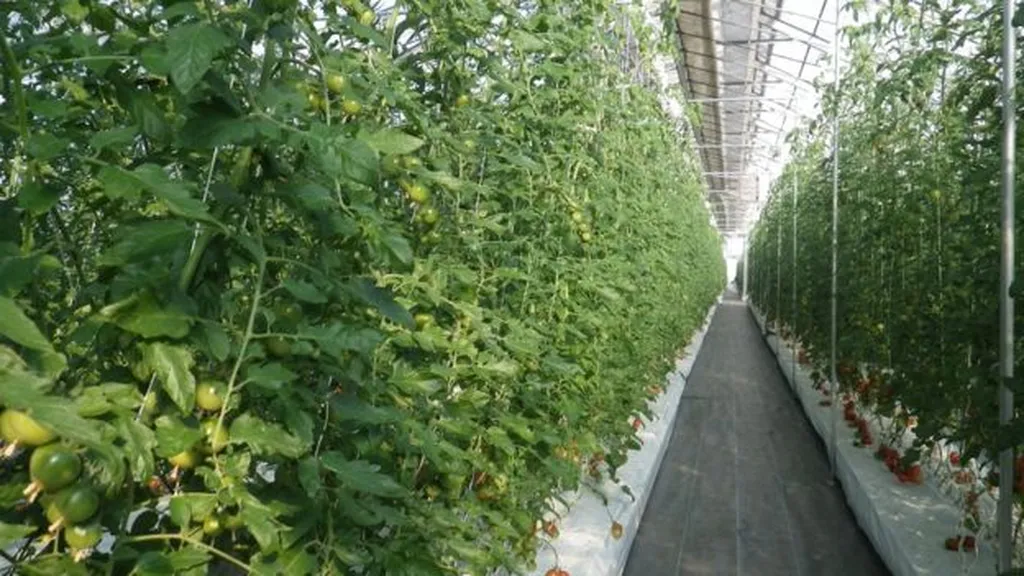In the heart of Japan, where steep landforms and varied climates once posed significant challenges to horticultural growth, researchers are turning the tables on tradition. Dr. T. Asao, from the Department of Agriculture at Shimane University, is leading the charge in exploring how hydroponic systems can revolutionize the way vegetables and ornamentals are produced, not just in Japan, but potentially worldwide.
Japan’s mountainous topography has historically made it less suitable for large-scale horticultural farming compared to other countries. However, Dr. Asao and his team are proving that advanced technologies can overcome these geographical constraints. “We’ve seen a 20-25% increase in productivity using commercial hydroponic systems compared to conventional agriculture,” Dr. Asao explains. This isn’t just a small improvement; it’s a game-changer for an industry that’s always looking for ways to maximize yield and efficiency.
The research, published in the journal ‘Advances in Horticultural Science’ (which translates to ‘Progress in Horticultural Science’), delves into the intricacies of greenhouse production techniques for vegetables and ornamentals using hydroponics. One of the key challenges they’ve identified is autotoxicity, a phenomenon where plants release allelochemicals that can inhibit their own growth. To combat this, the team has been experimenting with activated charcoal and other supplementation techniques to create a more sustainable and productive environment.
Dr. Asao’s work isn’t just about increasing yield; it’s about ensuring the long-term health of the crops and the people who consume them. “Sustainable production is crucial for human health and the environment,” he states. By controlling mineral levels and understanding the complex interactions between plants and their growing medium, the research aims to pave the way for healthier, more resilient crops.
The implications for the commercial sector are substantial. As the global population continues to grow, the demand for efficient, high-yield farming practices will only increase. Hydroponic systems, with their ability to produce more with less, could be a key part of the solution. Moreover, the focus on sustainability and human health aligns with the growing consumer demand for ethically and responsibly produced food.
Looking ahead, Dr. Asao’s research could shape the future of horticulture in several ways. By refining hydroponic techniques and addressing challenges like autotoxicity, the team is laying the groundwork for more widespread adoption of these systems. This could lead to increased food security, reduced environmental impact, and healthier crops and consumers.
In an era where technology and agriculture are increasingly intertwined, Dr. Asao’s work serves as a reminder that innovation can overcome even the most daunting geographical challenges. As the world looks for ways to feed a growing population sustainably, the lessons learned from Japan’s steep slopes and varied climates could very well provide a roadmap for the future of farming.

